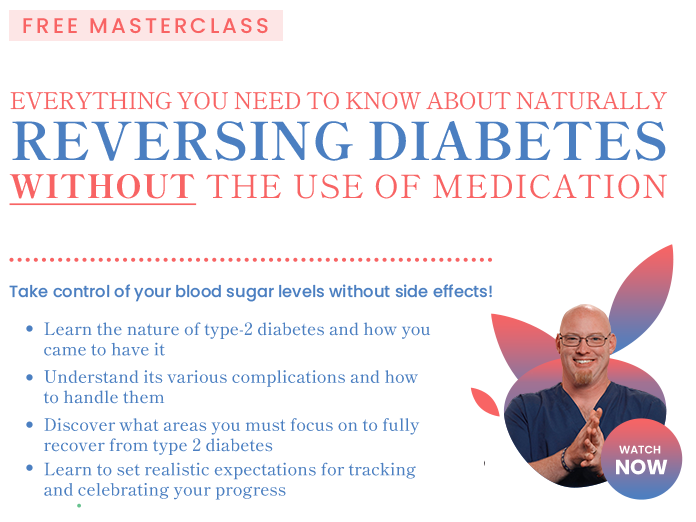
Insulin pumps are used by thousands of people to help them manage their diabetes. It's a mechanical device that's worn externally to deliver insulin into the body. Your doctor will probably recommend that you wear one, depending on your condition.
There are a few terms that you need to be aware of to understand how it works. Basal insulin is the insulin in your body that manages your blood sugar levels. It works in the background to keep your sugar levels from fluctuating wildly. Bolus insulin is insulin that's used to correct any sugar spikes and is used for managing your glucose after meals.
Insulin pumps can be used to deliver both basal and bolus insulin as and when you need it. The settings in the device are programmable and convenient. If combined with a glucose monitor, you could track your blood glucose levels at regular intervals, and this will help you manage the disease better. Now, let's look at the pros and cons of insulin pumps.
First, we discussed the pros of using an insulin pump. We looked at the flexibility, how you could see a range of basal rates and patterns, the accuracy of insulin delivery, and how they are suitable for children. Then, we discussed the cons of insulin pumps, including that they can be embarrassing, might cause skin problems, and are constantly attached to you.
PROS

1
More Flexible For Some People
Insulin pumps are more flexible for people who like to snack or eat at odd times. While it's important to follow a strict eating pattern, the truth is that many people give in to temptations every now and then and cheat on their diet. This can sometimes be troublesome for people with diabetes.
The insulin pump will allow the patient to deliver multiple boluses easily. Not only will you be able to track the effect of the bolus, but you can deliver more insulin if the meal is large and requires it. This can be very useful for people who like to snack often.

2
Range Of Basal Rates And Patterns
Different people have different basal rates. In fact, the same person could have a different rate at different times throughout the day. Keeping track of this can be difficult.
Insulin pumps can be programmed to handle temporary basal rates and patterns. That way, you don't have to do this yourself multiple times a day. It's a lot easier to do this with pumps than syringes.

3
Accurate And Precise Delivery
Getting the correct dosage every time can be a challenge. This is especially true if you measure by hand. Using insulin pumps means that the dosage will be precise.
Unlike normal insulin injections, with pumps, you can deliver doses far lower than you could with a syringe. A pump will ensure that you are getting the correct dosage every time. Also, it leaves out the chance of human error.

4
Suitable For Children
Of course, it goes without saying that pumps are designed with child safety features. Using a pump will mean that the child has the correct amount of insulin delivered. Children, just like adults, tend to fear needles, and the pump looks less scary.
Using a pump for a child is beneficial in many ways. They don't have to be frightened of the scary-looking needle. Also, parents can be assured that the correct dosage is being administered.
















